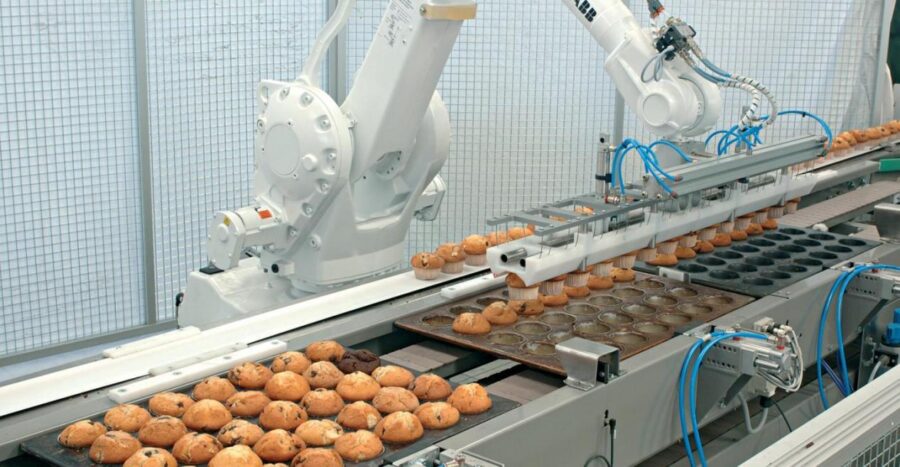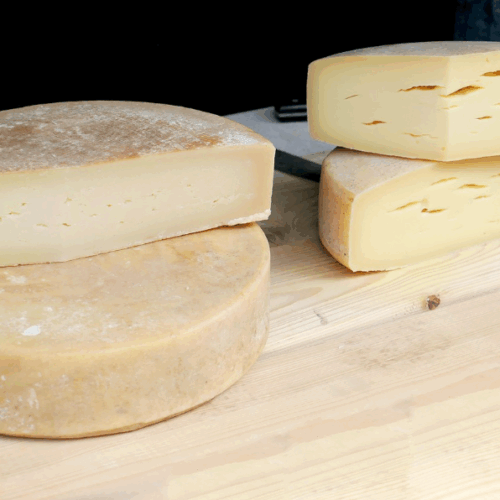Tubing transports liquids, semi-solids, and gases throughout the food processing lines, so the material must resist chemical reactions, withstand temperature variations, and comply with stringent hygiene standards.
Traditionally, materials like stainless steel, rubber, and PVC tubing have dominated. However, fluoropolymer tubing, such as PTFE, PFA and FEP, is increasingly gaining attention as a superior alternative.
This article compares fluoropolymer tubing with traditional tubing to highlight their advantages and drawbacks in food manufacturing.
1. Material Composition and Chemical Resistance
- Traditional Tubing: Commonly made from materials such as rubber, PVC, silicone, and stainless steel, traditional tubing offers varying degrees of chemical resistance. Rubber and PVC may degrade or leach chemicals when exposed to aggressive food additives, acids, or solvents. Stainless steel has excellent chemical resistance but can corrode in some highly acidic environments or require passivation treatments.
- Fluoropolymer Tubing: Fluoropolymers are synthetic polymers characterized by strong carbon-fluorine bonds, which give them outstanding chemical inertness. Tubing made from PTFE (Polytetrafluoroethylene), FEP (Fluorinated ethylene propylene), and PFA (Perfluoroalkoxy alkane) is highly resistant to virtually all chemicals, acids, and solvents found in food manufacturing. This means fluoropolymer tubing will not react with ingredients, avoiding contamination and degradation over time.
2. Temperature Resistance
- Traditional Tubing: Rubber and PVC tubing generally have limited temperature ranges, often between -20°C and 80°C, which can restrict their use in processes involving sterilization or heat treatment. Stainless steel tubing tolerates very high temperatures but may require complex welding and maintenance.
- Fluoropolymer Tubing: Fluoropolymer tubing excels with a wide operating temperature range, for example, PTFE tubing typically from -200°C to 260°C, allowing it to be used in hot-fill, pasteurization, and CIP (Clean-in-Place) processes without compromising integrity. This high-temperature tolerance also means fewer shutdowns and less downtime for maintenance or replacement.
3. Hygiene and Food Safety
- Traditional Tubing: Materials like rubber and silicone can absorb residues and odors, increasing the risk of bacterial growth. PVC tubing may contain plasticizers that can leach into food products. While stainless steel is hygienic and easy to clean, it requires precision welding and polishing to avoid crevices where bacteria can harbor.
- Fluoropolymer Tubing: Fluoropolymer tubing is non-porous, non-stick, and hydrophobic, minimizing bacterial adhesion and biofilm formation. Its smooth interior surface allows thorough cleaning and sterilization, supporting strict hygiene protocols. Additionally, fluoropolymer materials are FDA and EU-approved for food contact, providing assurance of safety and compliance.
4. Flexibility and Installation
- Traditional Tubing: Rubber and PVC are flexible and easy to install but tend to harden and crack over time under harsh conditions. Stainless steel tubing is rigid, requires specialized fittings, and is less adaptable to complex routing or space constraints.
- Fluoropolymer Tubing: Fluoropolymer tubing offers a balance of flexibility and durability. While not as flexible as rubber, some fluoropolymer tubing like PTFE convoluted hose, which still can be bent and routed without kinking and resists mechanical fatigue. Its lightweight nature makes it easier to handle than stainless steel while maintaining long-term resilience.
5. Cost and Longevity
- Traditional Tubing: Rubber and PVC tubing generally have a low upfront cost but shorter service life, requiring frequent replacement that increases total cost of ownership. Stainless steel tubing has a high initial cost and installation expense but offers long-term durability if properly maintained.
- Fluoropolymer Tubing: Fluoropolymer tubing tends to have a higher initial purchase price compared to rubber or PVC but provides extended service life due to superior chemical and temperature resistance. Reduced maintenance, lower risk of contamination, and less downtime translate into overall cost savings for food manufacturers.
6. Environmental Impact
- Traditional Tubing: PVC and rubber materials pose environmental concerns regarding disposal and recycling due to toxic additives. Stainless steel is recyclable but energy-intensive to produce.
- Fluoropolymer Tubing: Though fluoropolymers are more challenging to recycle, their durability reduces waste by minimizing replacement frequency. Some manufacturers are exploring sustainable fluoropolymer alternatives and recycling methods to improve environmental footprints.



